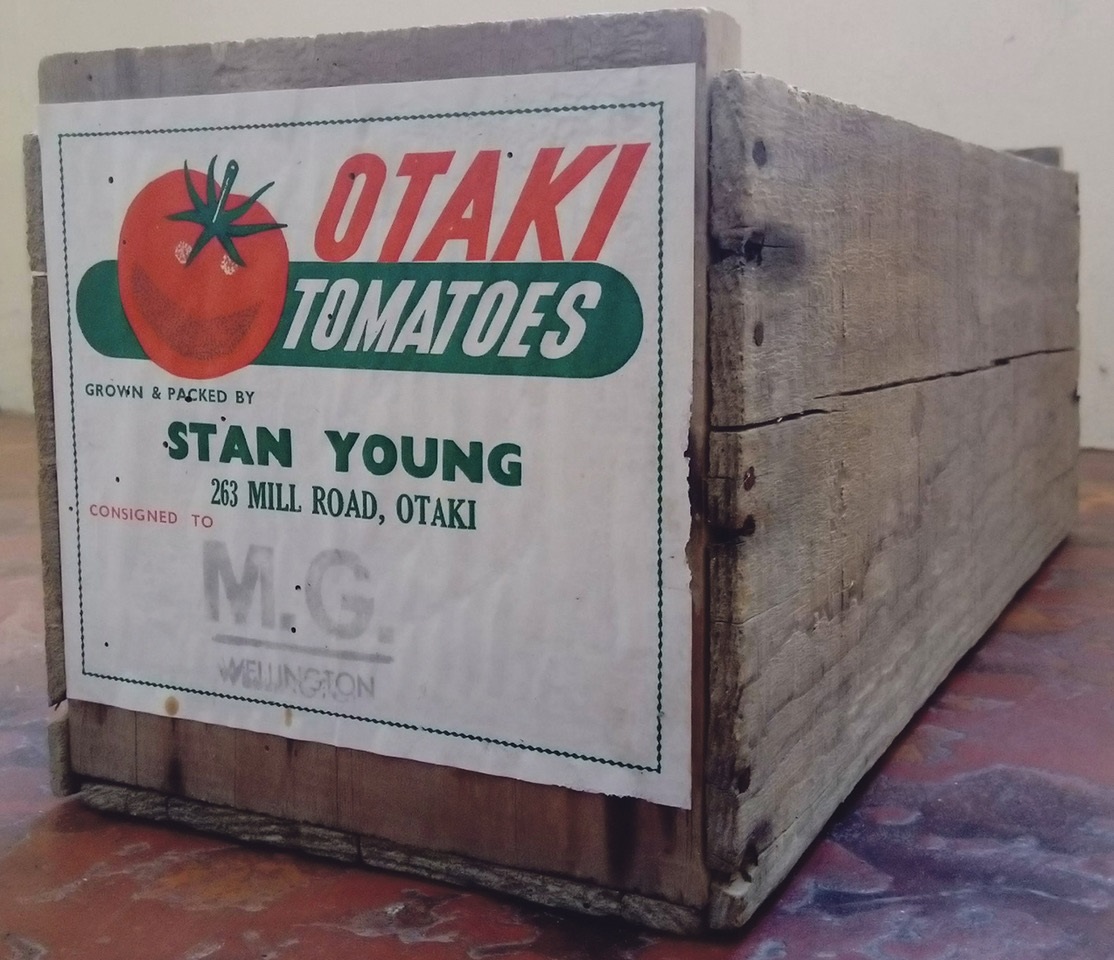The following stories have their origins in two separate thoughts.
The first is that I’ve been thinking about the fundamental character of my last two stories. They are essentially tragedies – and this is reflected in their titles. And, I have no desire to regularly portray life as a tragedy, with only a very rare smile. I’d sooner portray life as a grin, broken only by the occasional tear.
The second relates to a particular memory I have of a book I read when I was a youngster. I can’t remember whether it was fact or fiction, but it was about life in a Japanese prisoner of war (POW) camp in Singapore in the Second World War.
To pass the aching tedium of their circumstances, some prisoners would take the time to read one of the few books that were available. In peacetime and the comfort of their homes, they would have spent that time reading 10 books. The prisoners would, for example, spend days reading the cover – intently studying the cover’s design, the font, it’s size and colour. They would examine the cover in different light conditions, turning it this way and that, and they would reflect on its proportions.
The ability to study what would appear to be a relatively simple object with such concentration, over a long period, and to thereby discover its complexities and stories, is a thing of wonder.
So it was that I entered the museum’s collection store to look for a simple object that might, with detailed study, deliver some stories that might not be triumphant, but they would at least avoid being tragic.
 I came across a wooden tomato box with the ubiquitous “Otaki Tomatoes” label pasted on the end. The boxes had been previously used for packing stone fruit from Central Otago and Hawke’s Bay, and some were made by the residents of Koha Ora, located at the old Sanatorium in Mill Road.
I came across a wooden tomato box with the ubiquitous “Otaki Tomatoes” label pasted on the end. The boxes had been previously used for packing stone fruit from Central Otago and Hawke’s Bay, and some were made by the residents of Koha Ora, located at the old Sanatorium in Mill Road.
The box is 19 ½ inches(49.5cm) long, with panels at each end that measure 7 ¼ inches by 7 ¼ inches (18.4cm by 18.4 cm) – and this sizing is, I assume, why the boxes were called “seven by sevens”.
The side and bottom panels are nailed on to the ends with six flat-head nails on either side – nailed two at the top, two in the middle, and two in the bottom.
However, as the photograph shows, in a single case, the configuration on a side panel is three nails, then two and two. Why this disruption to the pattern – was it a lack of concentration, or perhaps a desire to just do something different; an exertion of individuality.
At the top of the label, alongside “Otaki Tomatoes” is what appears to be a tomato. It is, however, a tomato face – with two white twinkling eyes, and, interestingly, given today’s commentary on the dental state of the country, a wide and beaming black grin.
At the bottom is the name of the market to which the tomatoes are consigned – in this case “MG”, Market Gardeners Limited, which had been established by a small number of growers in 1923. The company’s business was in the Wellington produce market, centred around Blair Street and Allen Street, just off Courtenay Place, until the old market system died in 1984.
In the centre is the name of the grower and their address – Stan Young, 263 Mill Road. Stan Young was married to Jean Hing and in August 2007, she and son Robert were there in Mill Road to see the first Chinese script road sign installed in New Zealand – it was called Jean Hing Place.
And here is the twist in the tail of this tale, and an indication that I might have evaded tragedy, only to be captured by irony.
Jean Hing Place provides access to a sub-division built on the land on which she and Stan Young farmed the tomatoes that were taken to market in the box from the museum’s collection store. As media accounts recorded, the sign “acknowledges the contribution Chinese have made to the community over more than 80 years. Many were originally market gardeners.”
However, it also signals the sunset of Ōtaki’s Chinese market garden history and traditions.
Ōtaki Museum’s next exhibition, which will open in mid-March, will be about The Railway’s businesses, houses and people. It will cover the period from the late 1800s through to today. If you have any photos or other items that you are willing to share, please contact the museum at admin@otakimuseum.co.nz or phone 06 364-6886
OTHER STORIES
LATEST POSTS
- How out-of-work men cleared Hautere
- Medals to remember Maggie, Harry
- History milling around
- Historic Te Horo kaīnga restored
- Work on old Clifden Cottage under way
- Medals tell a story spanning the world
- Claimants lament loss of Rangiuru Pā
- Medal for Roy after nuclear test service
- Hector, 100, at Sunset Retreat
- From whaler cottages to Airbnbs
- Vault opens door to local history
- D-Day remembered at college commemoration
- Oddities beneath the floorboards
- Tales of a winning cricket team
- History in a humble tomato box
- Uncovered swagger stick tells sad tale
- Restored theatre pianola returns
- Restoration the focus for rotunda Friends
- Convoy PQ17 remembered at college commemoration
- The manager’s daughter – memories of the old Civic Theatre
